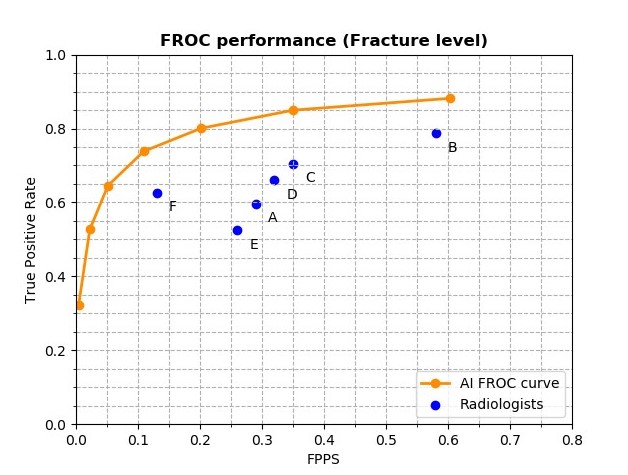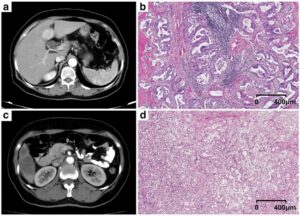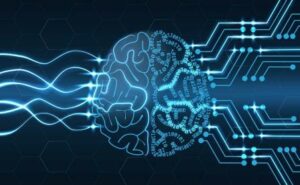This retrospective study evaluated deep learning algorithms for the detection of automatic rib fracture on thoracic CT scans. The authors also aimed to compare its performance with attending-level radiologists using an internal dataset of 12,208 ER trauma patients and an external dataset of 1,613 ER trauma patients taking chest CT scans. The study showed that the proposed deep learning model was a feasible approach to identifying rib fractures on chest CT scans and was, at the very least, on par with the attending-level radiologists with whom it was compared.
Key points
- Deep learning–based algorithms automatically detected rib fractures with high sensitivity and reasonable specificity on chest CT scans.
- The performance of deep learning–based algorithms reached comparable diagnostic measures with attending level radiologists for rib fracture detection on chest CT scans.
- The deep learning models, similar to human readers, were susceptible to the inconspicuity and ambiguity of target lesions. More training data was required for subtle lesions to achieve comparable detection performance.
Article: Assessment of automatic rib fracture detection on chest CT using a deep learning algorithm
Authors: Shuhao Wang, Dijia Wu, Lifang Ye, Zirong Chen, Yiqiang Zhan & Yuehua Li













